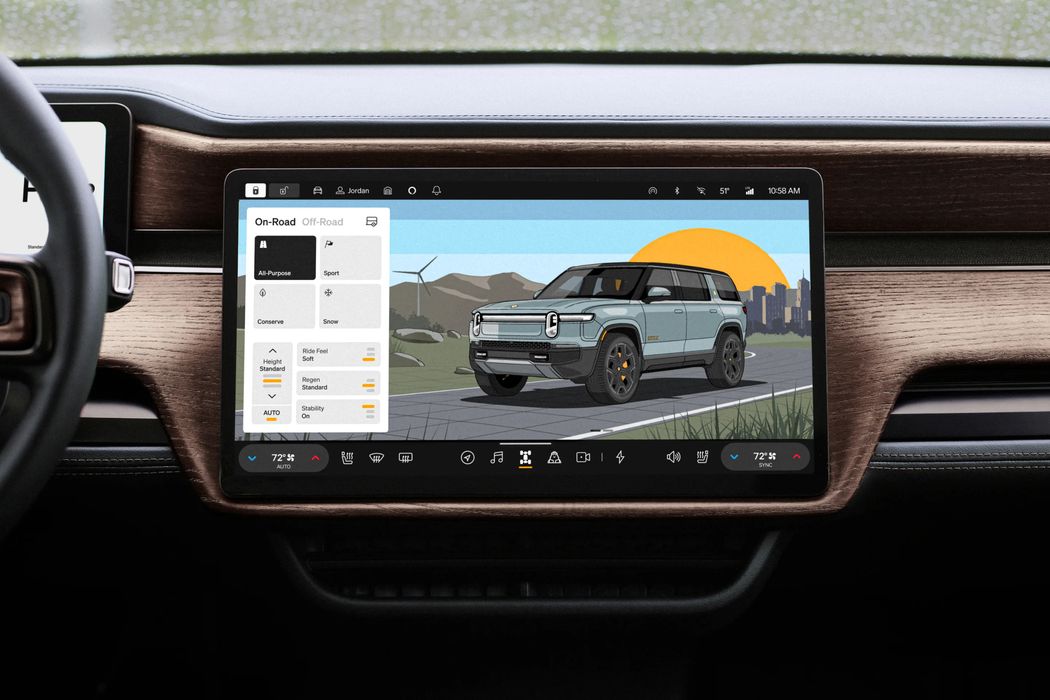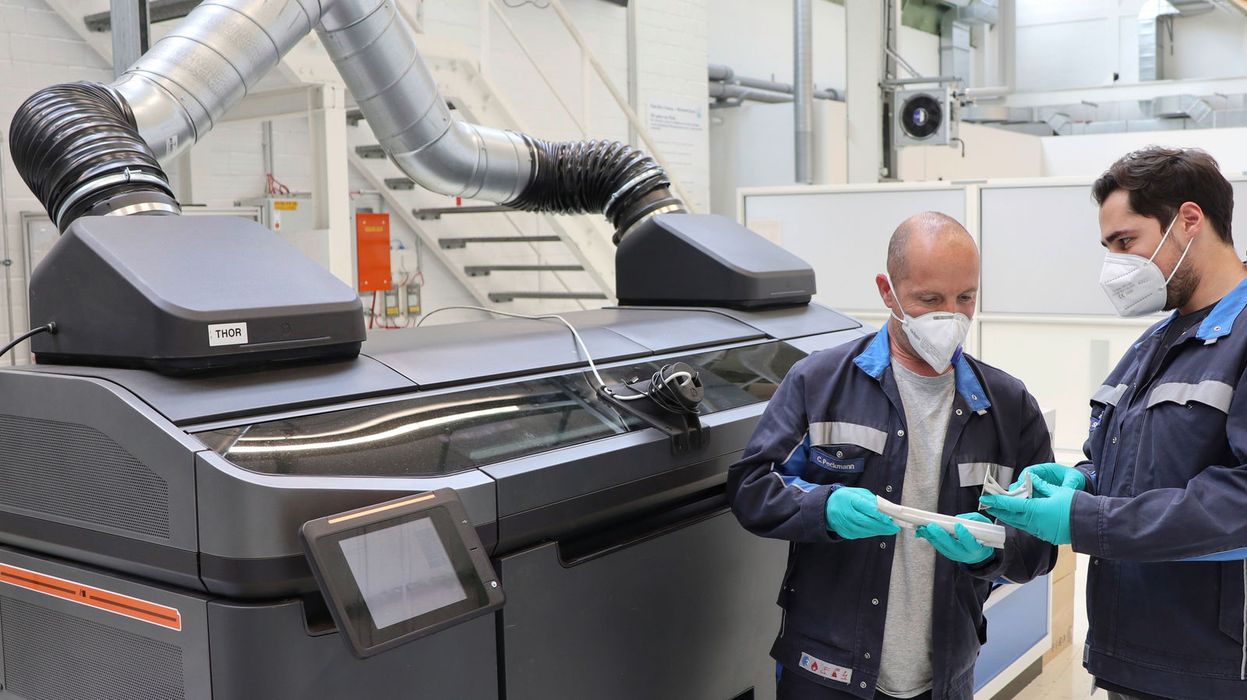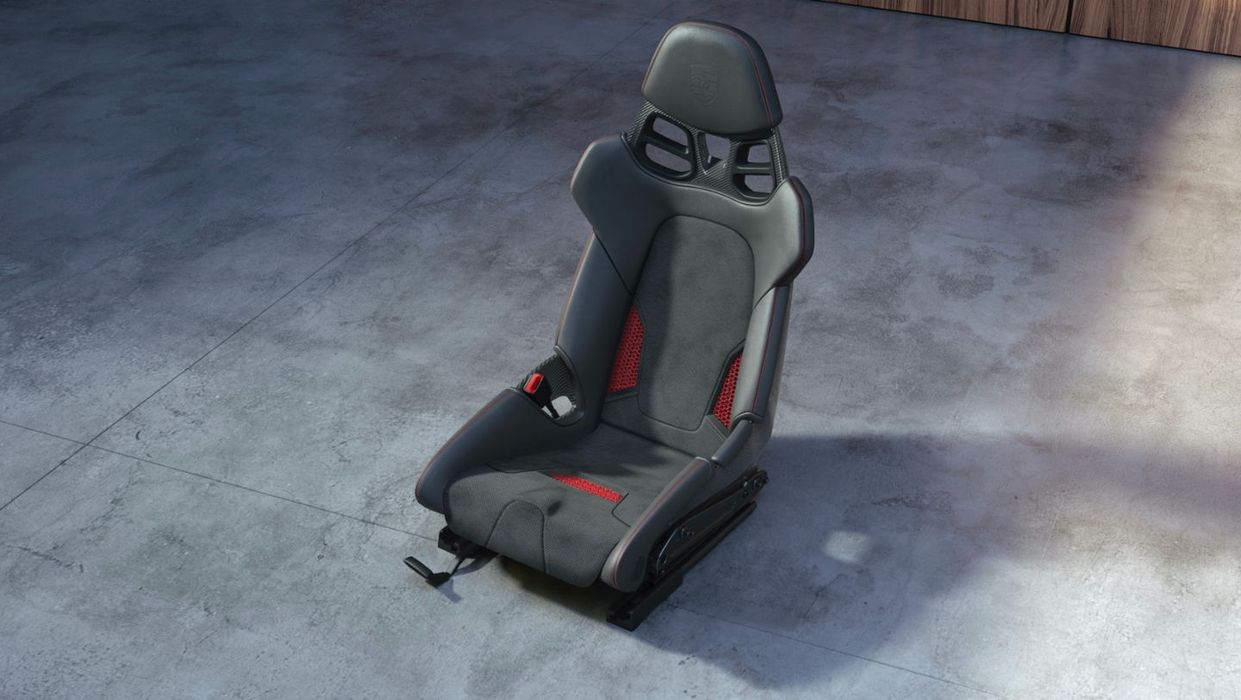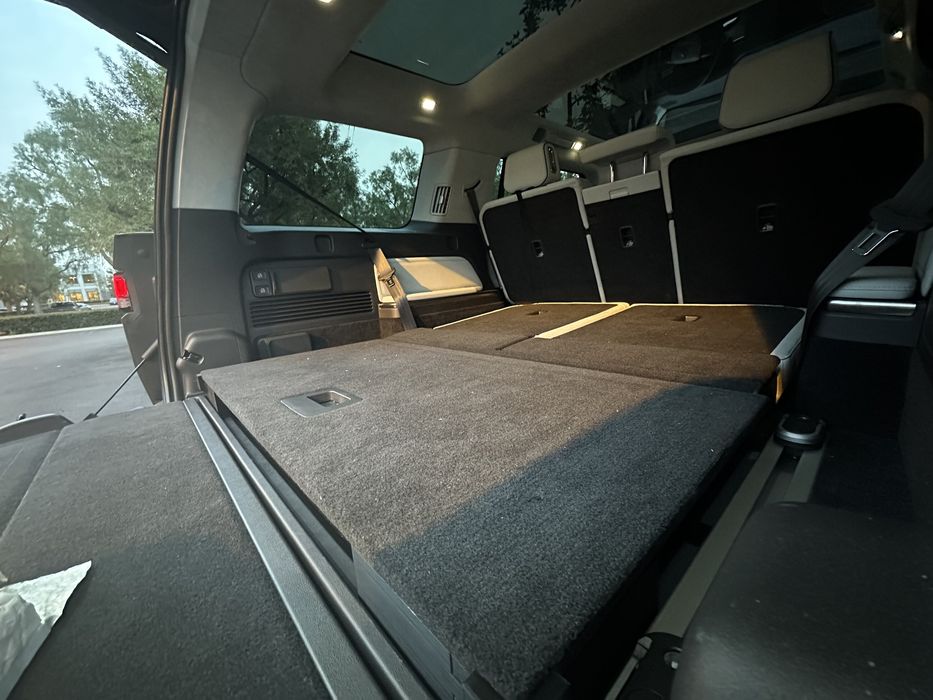
Charles R. Goulding and Preeti Sulibhavi explore Volkswagen’s $5 billion investment in Rivian, highlighting the game-changing impact on the EV market and the innovative synergy of 3D printing technology.
In a June 25, 2024, announcement that has the potential to disrupt the electric vehicle (EV) market, Volkswagen (VW) revealed its plans to invest up to US$5 billion in Rivian. This substantial investment comprises a US$2 billion equity injection and a US$2 billion software JV. VW’s strategic move aims to gain access to Rivian’s acclaimed EV software, while Rivian seeks to leverage Volkswagen’s extensive vehicle manufacturing expertise. Despite VW’s prowess in manufacturing, the company has struggled with software development. However, one area where VW’s manufacturing expertise shines is in the realm of 3D printing.
Rivian will certainly benefit economically from this transaction as it has been posting losses recently and investors are growing increasingly worried. This deal has the potential to improve the outlook for both companies.
Volkswagen’s Intentions
Volkswagen’s investment in Rivian is a calculated move to address its software development challenges. The German automaker has been lagging behind in this crucial area for large-scale EV car sales. By partnering with Rivian, VW hopes to integrate Rivian’s sophisticated software systems into its own EV lineup, enhancing vehicle performance and customer experience.
Rivian’s Goals
For Rivian, the partnership with VW provides a golden opportunity to tap into VW’s manufacturing expertise. As a relatively new player in the automotive industry, Rivian has impressed the market with its innovative EV designs and technology. However, scaling production to meet growing demand has been a significant challenge. By collaborating with VW, Rivian aims to streamline its manufacturing processes, improve efficiency, and ultimately bring more vehicles to market at a faster pace.

Volkswagen’s 3D Printing Prowess
One of Volkswagen’s standout strengths in manufacturing is its advanced use of 3D printing technology. This innovative approach has allowed VW to produce complex components with precision and efficiency, reducing production time and costs. According to recent data, VW produces over 100,000 3D printed parts annually. These parts range from prototypes to end-use components, demonstrating the versatility and potential of 3D printing in modern manufacturing.
Below are some examples of 3D printing at Volkswagen:
Customized Components: VW utilizes 3D printing to create customized components for both internal use and customer-specific orders. This capability allows for rapid prototyping and the production of bespoke parts that meet unique specifications, enhancing customer satisfaction and vehicle performance.
Lightweight Structures: In an effort to improve fuel efficiency and reduce emissions, VW employs 3D printing to manufacture lightweight structures. These components, often made from advanced materials, help to reduce the overall weight of the vehicle without compromising strength or safety.
Tooling and Fixtures: VW uses 3D printing to produce specialized tooling and fixtures used in the assembly process. This application not only speeds up production but also allows for the creation of highly accurate tools that improve the quality and precision of the final product.
Spare Parts Production: 3D printing enables VW to produce spare parts on demand, reducing the need for large inventories and enabling quicker response times for repairs and maintenance. This approach is particularly beneficial for older models where traditional manufacturing methods may no longer be feasible.
Concept and Prototype Development: VW leverages 3D printing for the rapid development of concept models and prototypes. This capability allows designers and engineers to quickly iterate on new ideas, testing and refining them before committing to full-scale production.
In addition, VW also owns Porsche, which is also heavily involved in 3D printing. In an effort to embrace Industry 4.0, Porsche is using 3D printers to help create more innovative automotive parts and automate segments of their manufacturing processes.

Rivian’s Exploration of 3D Printing
While Volkswagen’s expertise in 3D printing is well-established, Rivian is also exploring the potential of this technology to enhance its manufacturing processes. As a forward-thinking company, Rivian is keen to adopt innovative methods that can streamline production and improve the quality of its vehicles.

Examples of 3D Printing at Rivian
Battery Housing Components: Rivian is investigating the use of 3D printing to create complex battery housing components. These parts require high precision and durability, making them ideal candidates for 3D printing, which can produce intricate designs with tight tolerances.
Interior Trim Pieces: Rivian uses 3D printing to produce interior trim pieces, such as dashboard components and console parts. This approach allows for greater design flexibility and the ability to customize interiors to meet customer preferences.
Rapid Prototyping: Similar to VW, Rivian employs 3D printing for rapid prototyping of new vehicle designs. This capability accelerates the development process, enabling Rivian to bring innovative products to market more quickly.
Tooling and Jigs: Rivian utilizes 3D printing to create tooling and jigs for its assembly lines. These tools are essential for ensuring precision and consistency in the manufacturing process, and 3D printing allows for quick production and modification as needed.
Aerospace-Grade Components: Rivian is exploring the use of aerospace-grade materials in 3D printing to produce high-strength, lightweight components for its vehicles. This approach aims to enhance performance and safety while reducing the overall weight of the vehicle.
VW-Rivian Partnership Synergy
The partnership between Volkswagen and Rivian stands to benefit significantly from their combined expertise in 3D printing. By sharing knowledge and resources, both companies can enhance their manufacturing capabilities and accelerate the development of new technologies.
As of now, Scout, the American off-road brand that VW is reviving could use Rivian software in the near future.
The Research & Development Tax Credit
The now permanent Research and Development (R&D) Tax Credit is available for companies developing new or improved products, processes and/or software.
3D printing can help boost a company’s R&D Tax Credits. Wages for technical employees creating, testing and revising 3D printed prototypes can be included as a percentage of eligible time spent for the R&D Tax Credit. Similarly, when used as a method of improving a process, time spent integrating 3D printing hardware and software counts as an eligible activity. Lastly, when used for modeling and preproduction, the costs of filaments consumed during the development process may also be recovered.
Whether it is used for creating and testing prototypes or for final production, 3D printing is a great indicator that R&D Credit-eligible activities are taking place. Companies implementing this technology at any point should consider taking advantage of R&D Tax Credits.
Conclusion
The US$5 billion investment by Volkswagen in Rivian marks a significant milestone in the evolution of the electric vehicle market. By combining VW’s manufacturing prowess with Rivian’s software expertise, both companies are poised to drive innovation and efficiency in the EV industry. The strategic use of 3D printing technology plays a crucial role in this partnership, offering numerous advantages in terms of production capabilities, cost efficiency, and environmental impact. As VW and Rivian collaborate and share their expertise, the future of electric vehicles looks brighter and more promising than ever.
